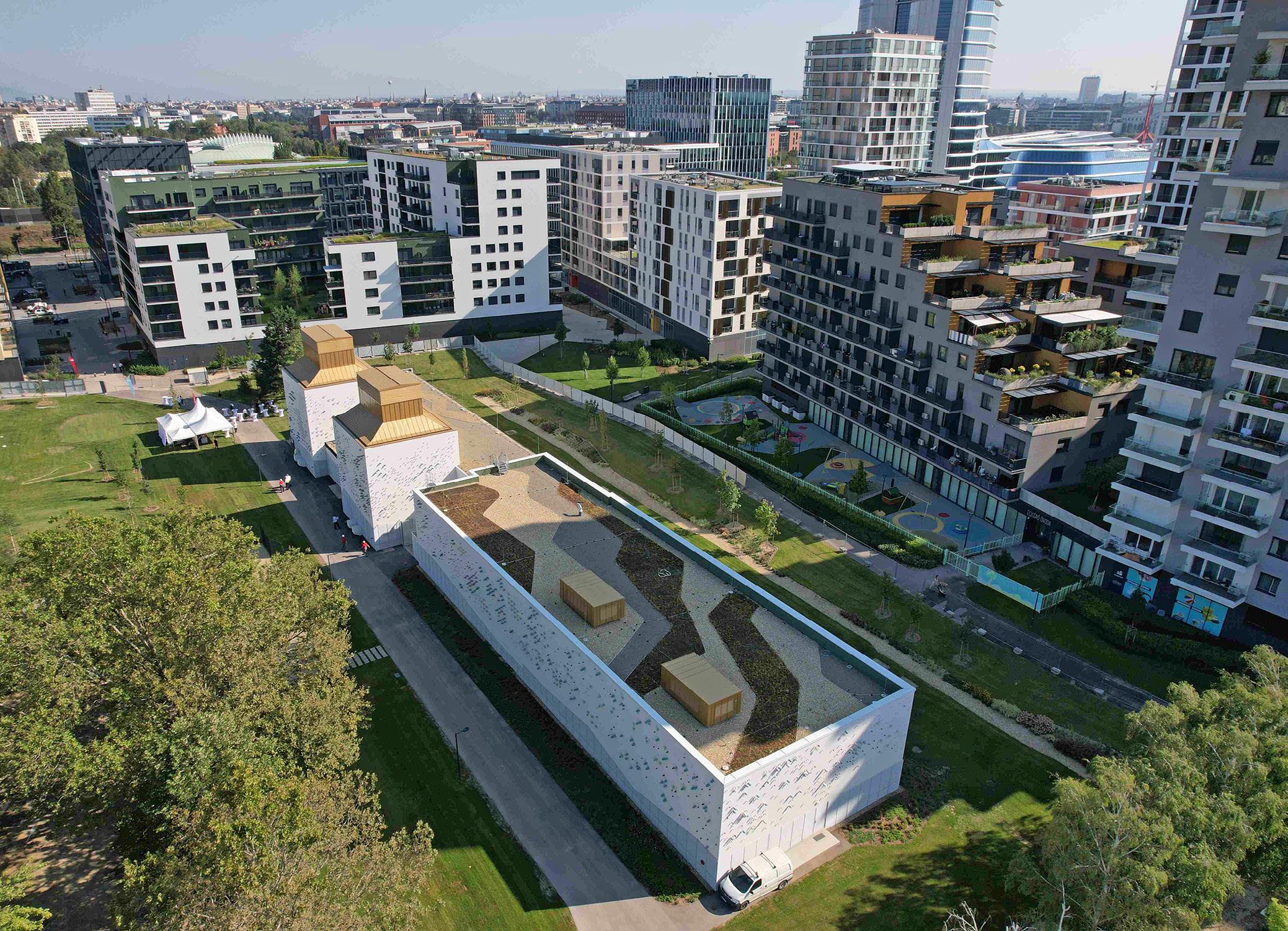Energy Review
BATTERY › GEOTHERMAL › INFRASTRUCTURE › LNG › NUCLEAR › REGULATORY › RENEWABLE › STRATEGY

BATTERY › GEOTHERMAL › INFRASTRUCTURE › LNG › NUCLEAR › REGULATORY › RENEWABLE › STRATEGY
As Europe keeps advancing in its energy transition, Hungary is also carving out its own path, with concrete measures that, on one hand, ensure energy security and, on the other hand, encourage ambitious renewable energy targets. At the core of Hungary’s strategy is the desire to become a hub for future industries, while addressing challenges related to grid stability, thanks also to the continuous investments in nuclear power.
By Claudia Patricolo
As noted by Attila Steiner, State Secretary for Energy and Climate at the Hungarian Ministry of Energy, Hungary’s energy transition is characterized by notable advancements in renewable energy deployment and energy efficiency, tempered by ongoing challenges related to fossil fuel dependence, infrastructure limitations, and geopolitical considerations.
“We have made significant strides in solar energy, surpassing its 2030 target of 6 GW of photovoltaic (PV) capacity ahead
of schedule,” he said. “By the end of 2024, the country had installed over 7.5 GW of PV capacity, accounting for approximately 25% of its electricity generation, the highest share in the world.”
Regarding energy efficiency improvements, he mentioned that Hungary reduced its natural gas consumption by 20% compared to the average of the preceding five years, exceeding its 15% reduction target. “This decrease was attributed to measures in the public sector and adjustments to the energy price cap system applied to households,” he added.
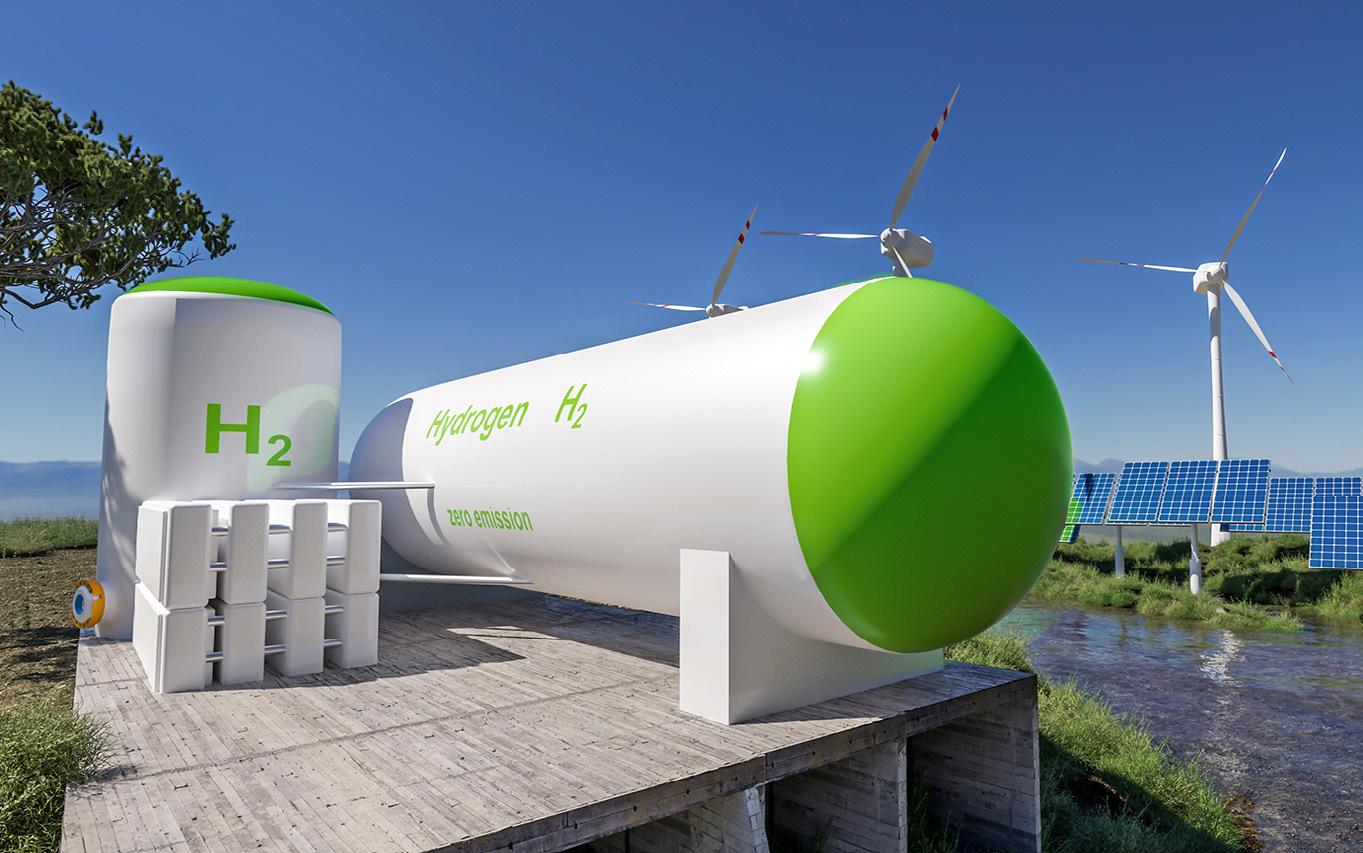
“While the sun fuels Hungary’s future, nuclear energy remains its present backbone,” Steiner pointed out. “Nearly 50% of the country’s electricity still comes from the Paks nuclear power plant. The government’s plans to extend the life of its four reactors underscore Hungary’s pragmatic approach: blending renewable momentum with a stable, low-carbon baseload source. It’s a strategy rooted in reliability, but also in the urgent need for energy independence.”
Nonetheless, despite these strides, Hungary remains heavily dependent on fossil fuels, especially natural gas and oil, which each account for roughly a third of energy use.
“In response to the war in Ukraine, Hungary has begun exploring alternative gas sources,” explained the State Secretary. “It is negotiating with Romania to tap into natural gas from the Neptun Deep project in the Black Sea, a potential game-changer that could redefine the region’s energy flows. The country has also secured short-term natural gas deals with Azerbaijan and Turkey, signaling a broader push to diversify supplies. While we had a well-established plan before the European Commission introduced

As the energy transition gathers momentum across Europe, the realities on the ground are becoming more complex, particularly in Central and Eastern Europe, where competing priorities of climate ambition, affordability, and energy security collide.
By Claudia Patricolo
“Reality has set in,” said Zsófi Beck, managing director and partner at Boston Consulting Group. “Across the EU, not just in Hungary, we’ve committed to increasingly ambitious targets, many of which were unrealistic from the start. While some progress has been made, we’ve fallen short in key areas. The core issue is the classic energy trilemma: we’ve pushed hard for sustainability and climate goals, often without fully considering financing, regulatory feasibility, customer impact, affordability, and competitiveness.”
We are now seeing the consequences, Beck noted, especially after the new U.S. administration has taken shape. European countries are beginning to reassess what is truly achievable, how to allocate subsidies efficiently, and whether the pace we’ve set is sustainable.
“The direction remains the correct one, but the speed and affordability must be aligned,” she said. “On a more positive note, some pre-set goals have been easier to reach than expected,
and some have even been exceeded.” However,many bottlenecks remain, such as the diversification of energy sources and inconsistent regulation.
Digging deeper into some of these challenges, the first aspect to consider is that network companies must invest smartly. “But it’s not just about investment,” Beck pointed out. “It’s also about the regulatory framework that guarantees returns.”
In her view, Hungary currently lacks an efficient system that encourages early investments by network operators, especially compared to other European countries where grid investments also need to be front-loaded, but money is injected into the system before additional demand (whether it is from heat pumps, electric vehicles or new industries) materializes.
“Today, if we’re not willing to temporarily increase end user network tariffs significantly, Distribution System
In June 2020, Hungary was one of the first countries in the world to make a legal commitment to become carbon neutral by 2050. Since then, the country has increased its solar installed capacity six times, becoming a regional champion in renewable energy production.
By Claudia Patricolo
The construction of two new nuclear units is progressing as planned, supporting the goal of reducing CO₂ emissions. Wind lags behind its potential while growing momentum exists for diversified energy sources and carriers such as geothermal energy, biogas, biomethane, and hydrogen. Still, in 2023, oil and natural gas represented 32% and 31% of the country’s total energy supply, respectively,
and many have shared concerns over the fact that Hungary’s plan and targets are falling short of the EU climate objectives.
Nonetheless, at the end of 2024, the Ministry of Energy revised and updated the National Energy and Climate Plan (NECP) for up to 2030.
On the one hand, the updated document reflects the need for change in light of recent geopolitical turmoil including the Russian aggression against Ukraine,
a crisis that led to higher energy prices, soaring inflation, and potential trade disruptions following the U.S. elections. On the other hand, it responds to the more ambitious EU decarbonization objectives, following the REPowerEU, the Net-Zero Industry Act (NZIA), etc.
Among the most important changes, Hungary has pledged to reduce its gross greenhouse gas (GHG) emissions by at least 50% by 2030 compared to 1990, instead of the previous 40% (target already achieved in 2023). Additionally, the updated plan increases the intended share of renewable energy sources from 21% to 30%, and, as explained by Barbara Wassen, Ambassador-atlarge for Climate Affairs and Climate
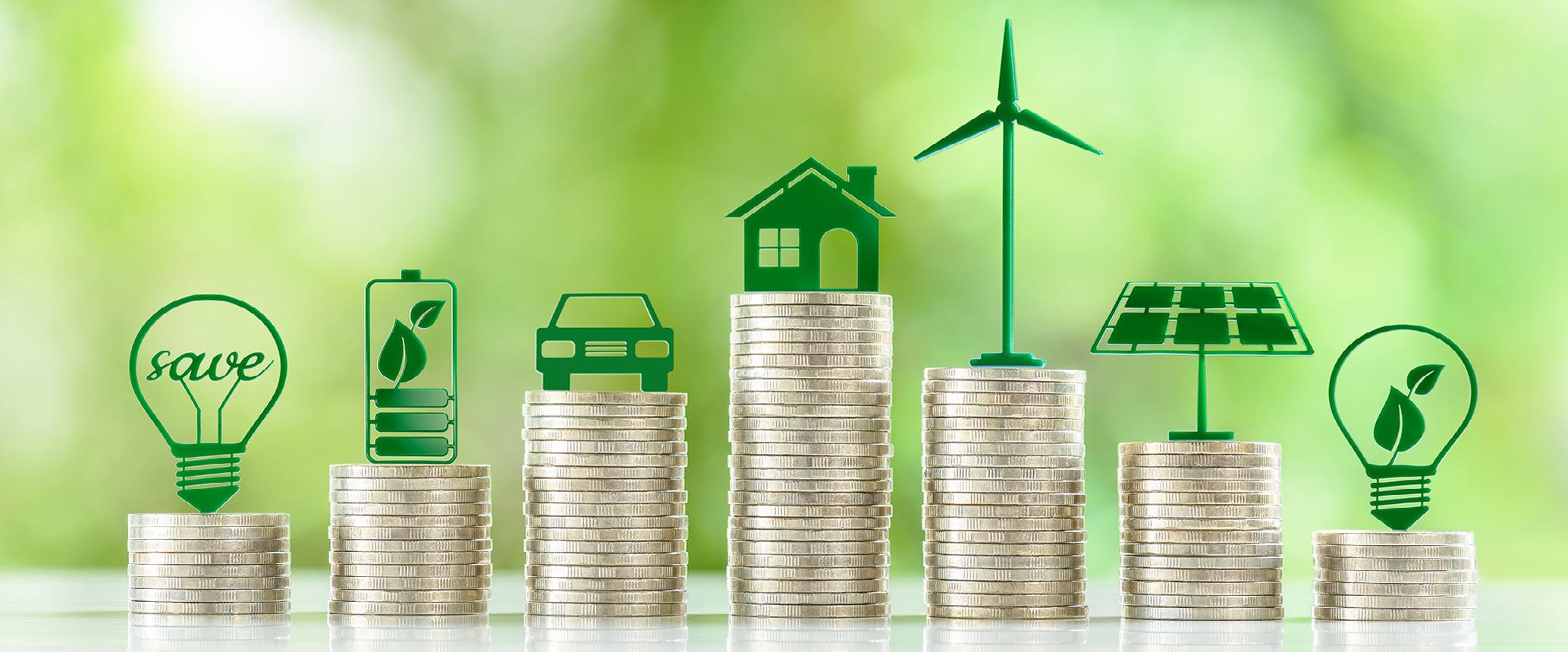
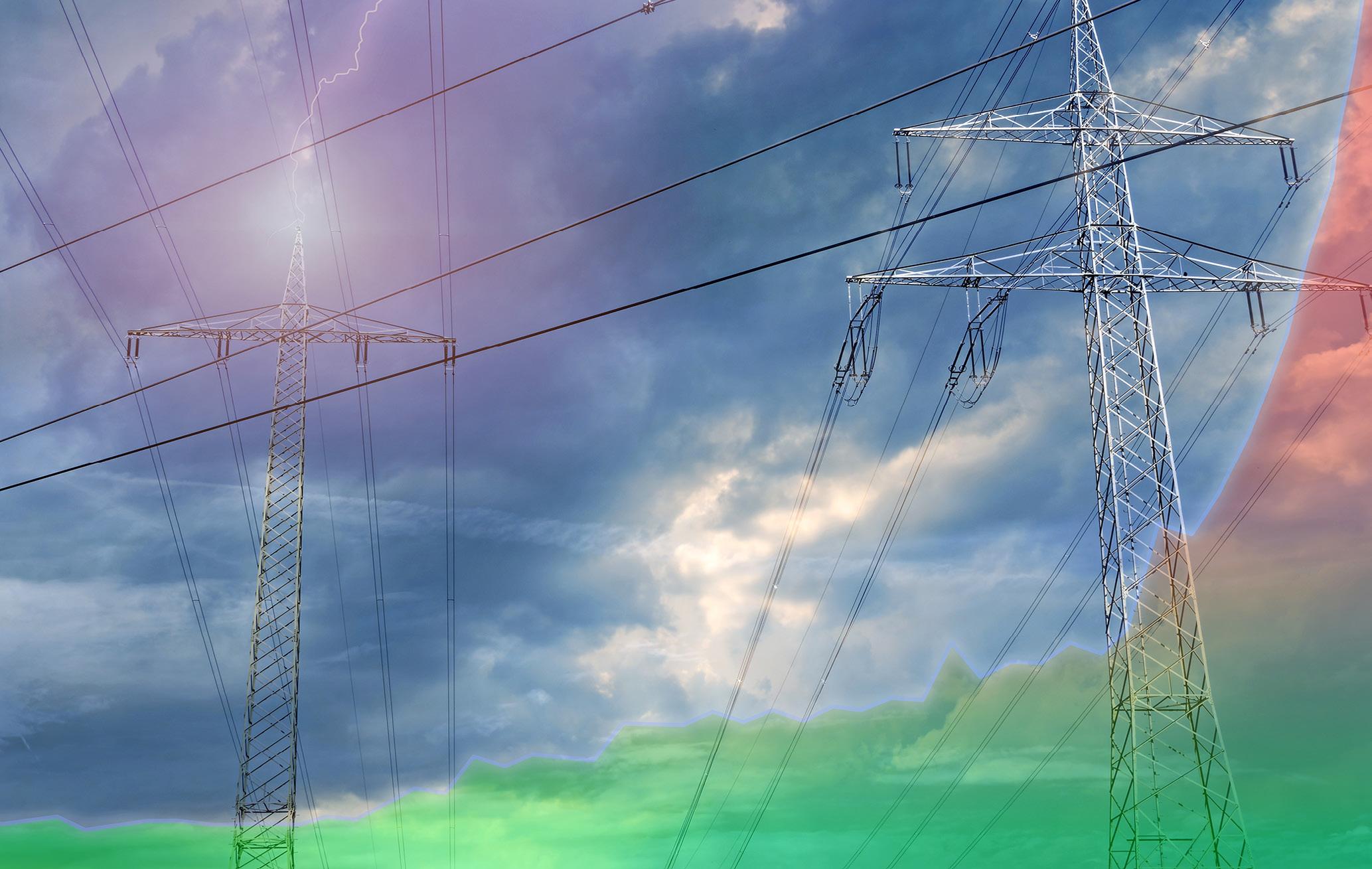
In a time of rapid energy transformation, Hungary is rethinking how regulation can both enable and restrain the next wave of investment. Pál Ságvári, vice president for Strategic and International Affairs at the Hungarian Energy and Public Utility Regulatory Authority (MEKH), and Péter Gullai, managing associate at Kinstellar’s Energy and Natural Resources practice, offer expert insight into the current legal and policy landscape.
By Bence Gaál
With solar capacity surging and grid constraints becoming more pronounced, they outline how the shift from feed-in tariffs to market-based schemes is reshaping investment incentives. From storage integration and permitting complexity to future regulatory reform, the conversation reveals both the progress made and the hurdles ahead as Hungary seeks to build a modern, resilient, and investor-friendly energy system.
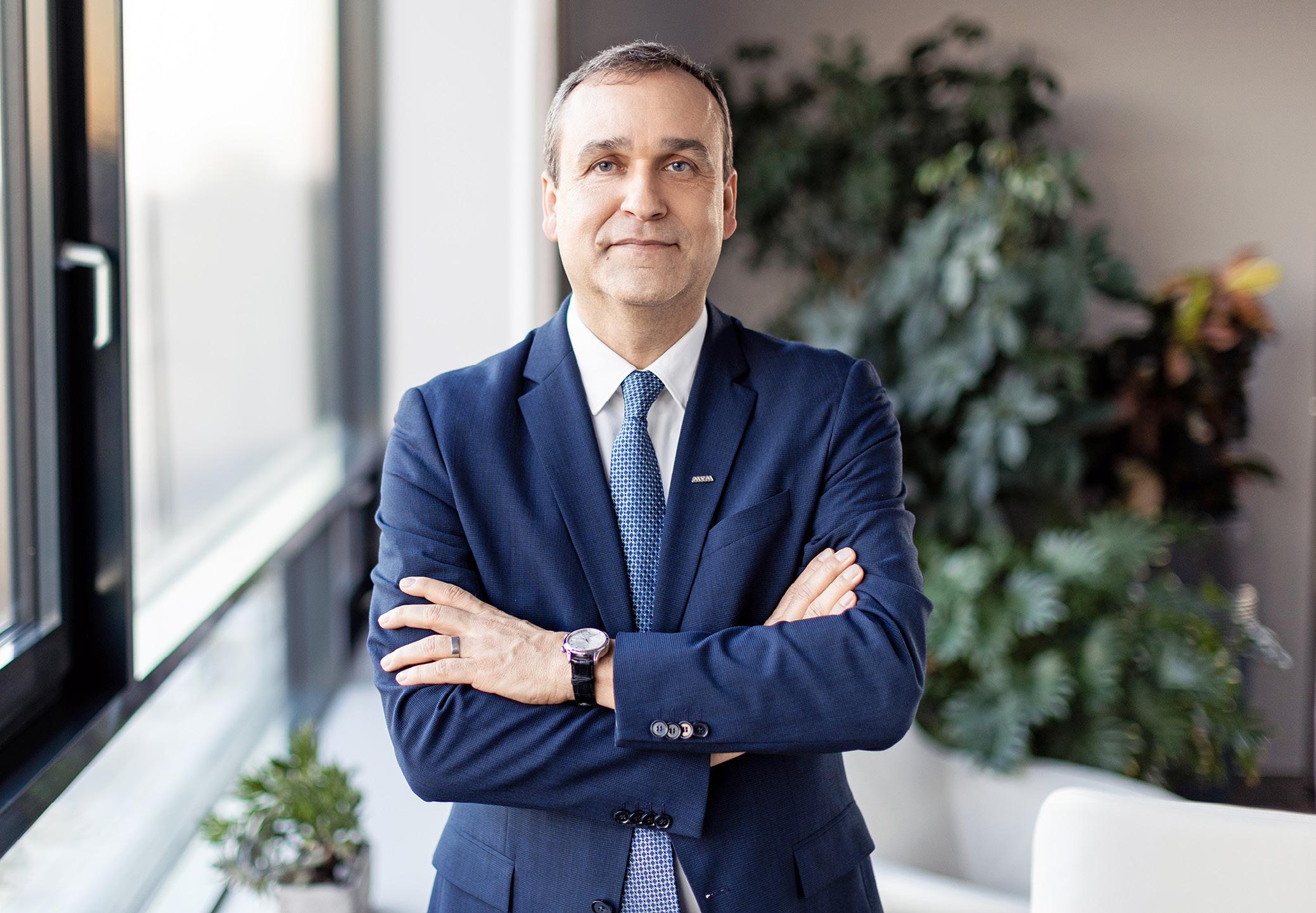
MVM Group is positioning itself as a regional powerhouse in the transition to a low-carbon future. In an exclusive interview, CEO Károly Mátrai outlines the utility’s bold roadmap—from expanding renewable and storage capacity to deepening LNG ties and tapping global gas fields—while ensuring everyday customer service keeps pace with digital expectations.
As Hungary accelerates its push for energy independence and decarbonization, three leading voices—Anita Simon, deputy CEO responsible for sustainability and circular economy at Alteo; István Lepsényi, president of the Hungarian Hydrogen Technology Association; and János Elek, co-founder and CEO of Hydrogen Revolution—point to hydrogen, biogas and smart battery technologies as the key drivers of change in the country’s evolving energy landscape.
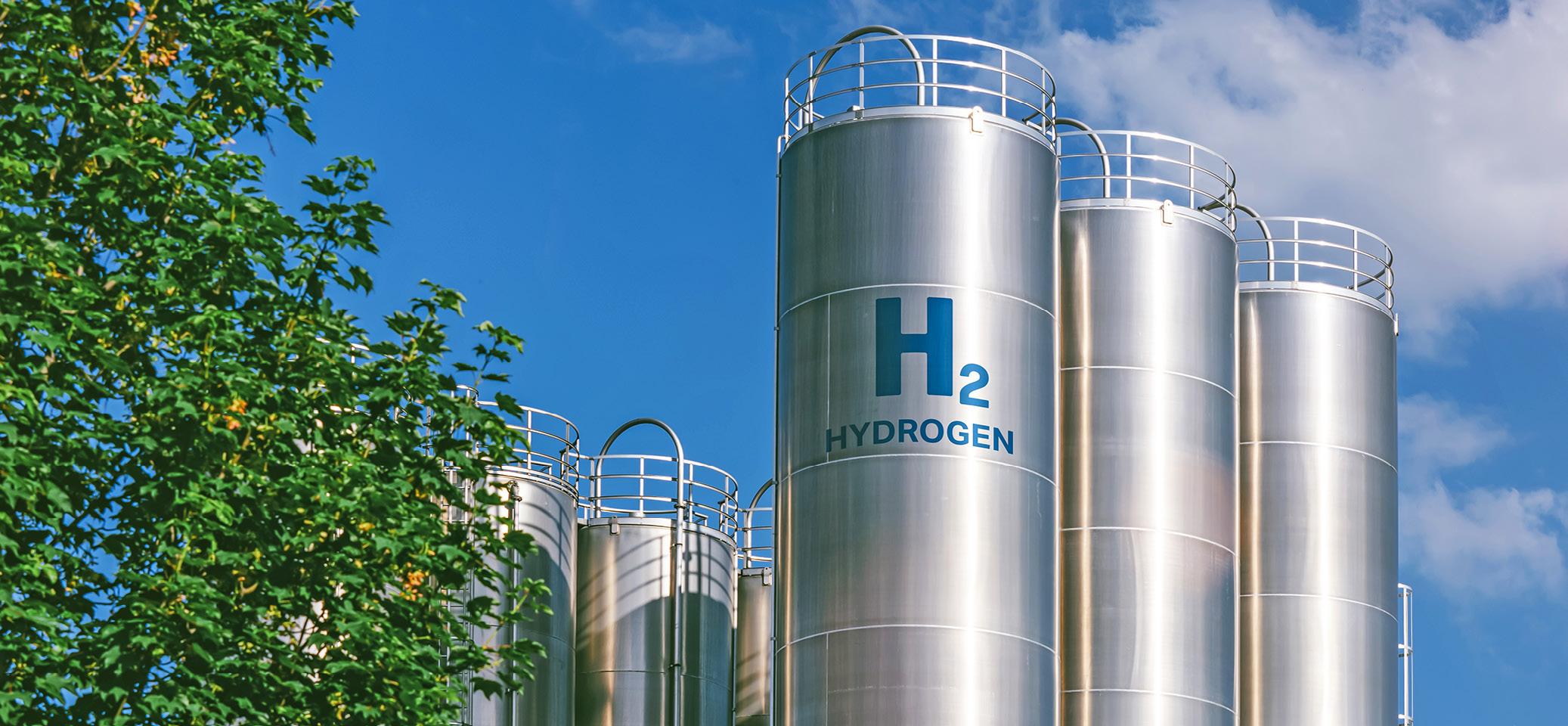
By Bence Gaál
What do you see as the most transformative energy technologies currently emerging in Hungary and the wider region?
István Lepsényi: In Hungary and in Central Europe in terms of volume the battery technology has the most significant numbers in growth regarding energy storage for both energy sector and mobility.
However, if we are talking about which technology has the most potential in green
The domestic electricity sector has been in a state of continuous transformation and rapid technological development thanks to the renewable revolution. With the integration of weather-dependent producers into the system, the demand for ancillary services and storage solutions has increased significantly.

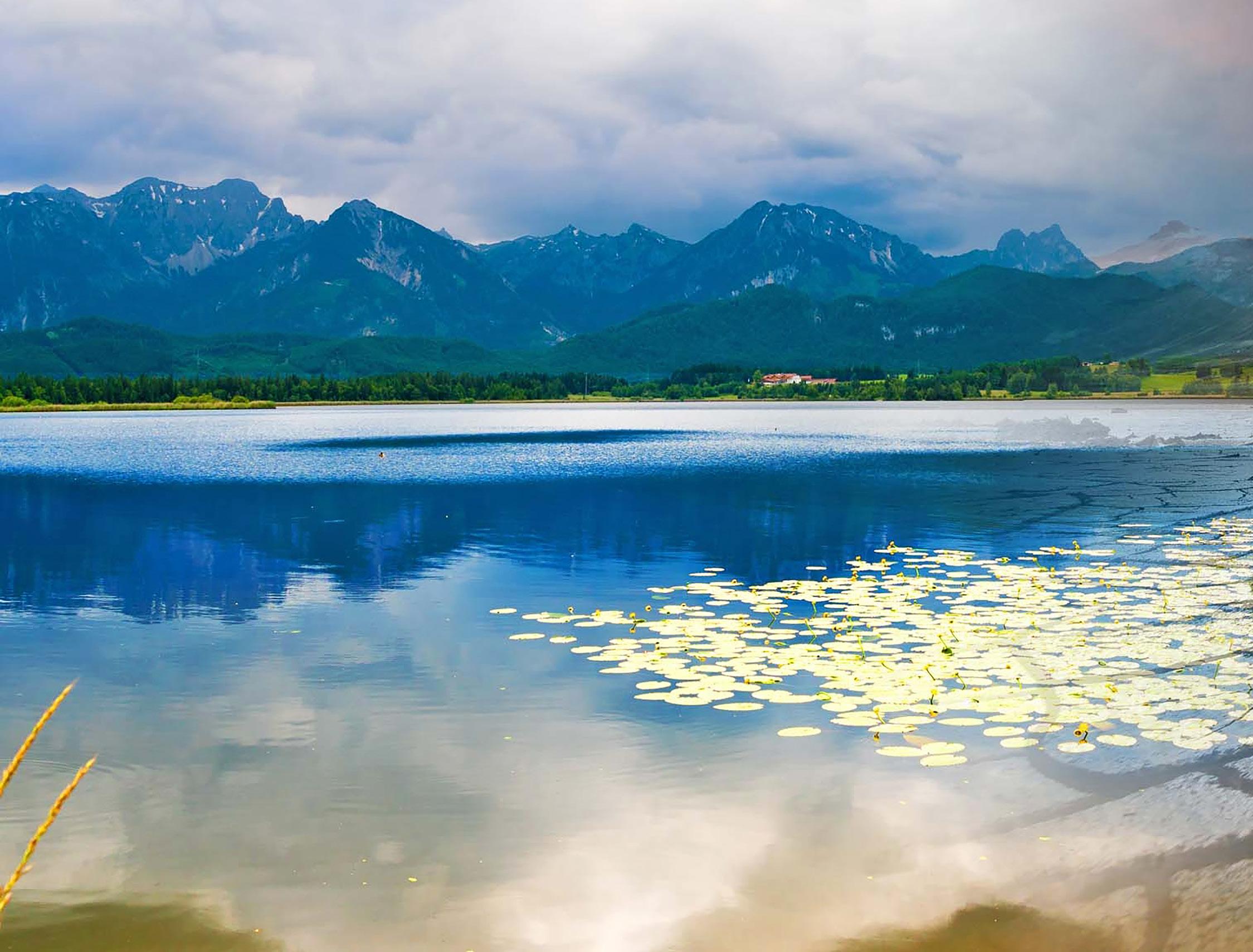
The 2024–25 winter was one of the warmest on record, and new data from the Copernicus Climate Change Service (C3S) confirm that global average temperatures have exceeded 1.5°C above pre-industrial levels in 21 of the past 22 months, a powerful reminder of the accelerating pace of the climate crisis. According to Diana Ürge-Vorsatz, Professor at the Department of Environmental Sciences and Policy at the Central European University (CEU) and Vice-Chair of the Intergovernmental Panel on Climate Change (IPCC), there are three underestimated climate risks that Central and Eastern Europe is facing today and are not receiving the attention they deserve.
Earlier in 2024, the European Parliament voted on a resolution to support a European geothermal energy strategy to reduce administrative burdens and aid investments in buildings, industry, and agricultural sectors across the EU. It also called for a Geothermal Industrial Alliance to fast-track best practices and the effective implementation of legislation, and a harmonised financial risk mitigation insurance scheme.
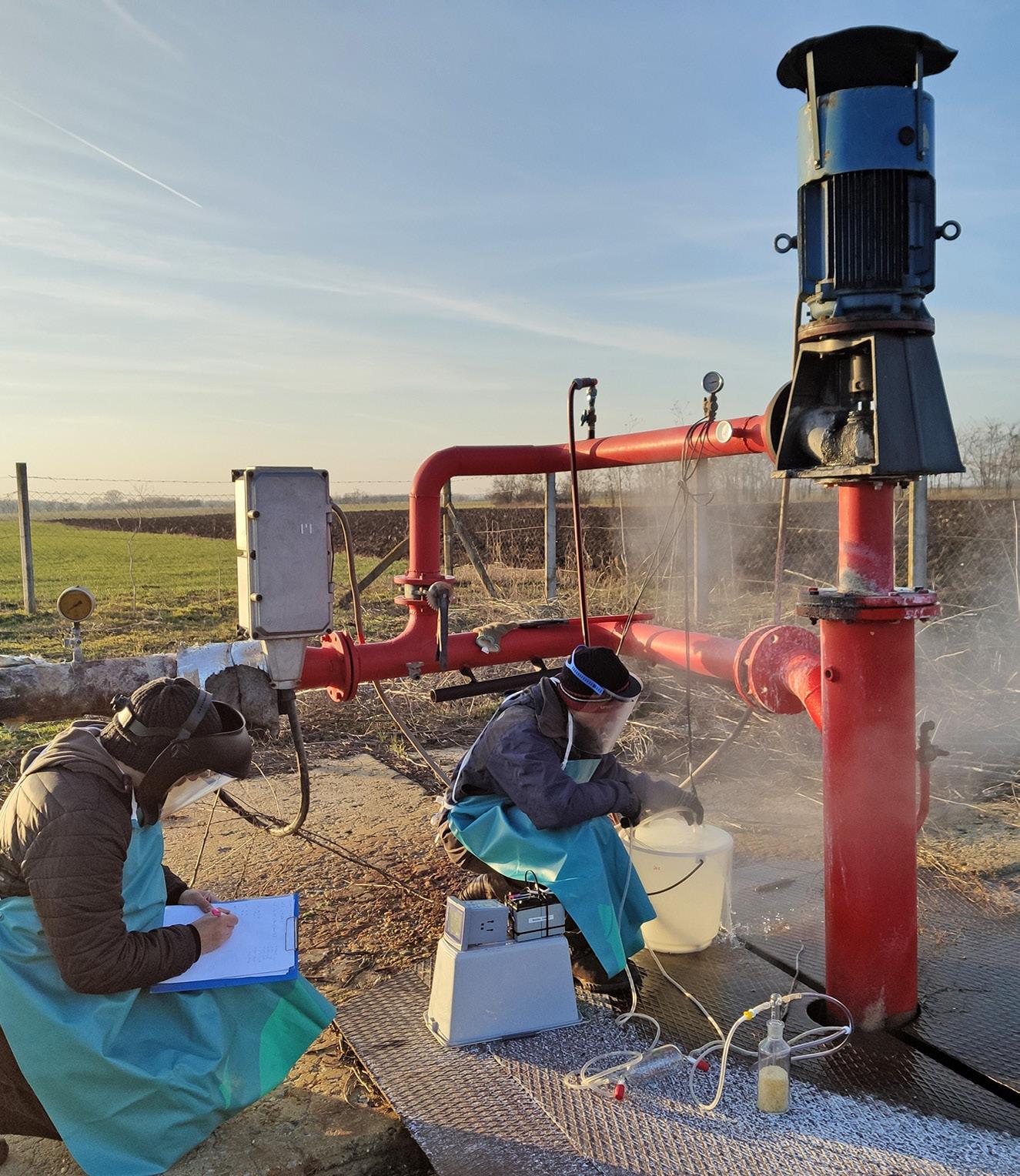
By Claudia Patricolo
Since then, geothermal energy has taken center stage during European discussions, especially in the second half of last year during the Hungarian presidency of the European Council. The Hungarian Presidency underlined that in order to progress towards our net-zero ambitions and to pursue a just and fair transition, the EU needs to harness the potential of all clean technologies, and an “efficient use of geothermal energy” was defined as “essential for decarbonizing the heating and cooling sectors.”
Since then, we’ve seen some progress, yes, but not a major breakthrough yet, noted Miklos Antics, president of the European Geothermal Energy Council (EGEC).
“The essential piece remains policy support,” he said during an interview with Energy Review. “The Council asked the Commission to prepare an Action Plan, and that’s crucial. It’s like eating an elephant, you have to break it down into manageable pieces.”
The decarbonization of the transport sector is one of the most complex challenges on the path to climate neutrality, requiring not only technological innovation but also systemic change and public engagement. According to recent data from the European Parliament, emissions in Hungary’s transport sector rose by 17% between 2005 and 2023, now accounting for over a quarter of the country’s total emissions.
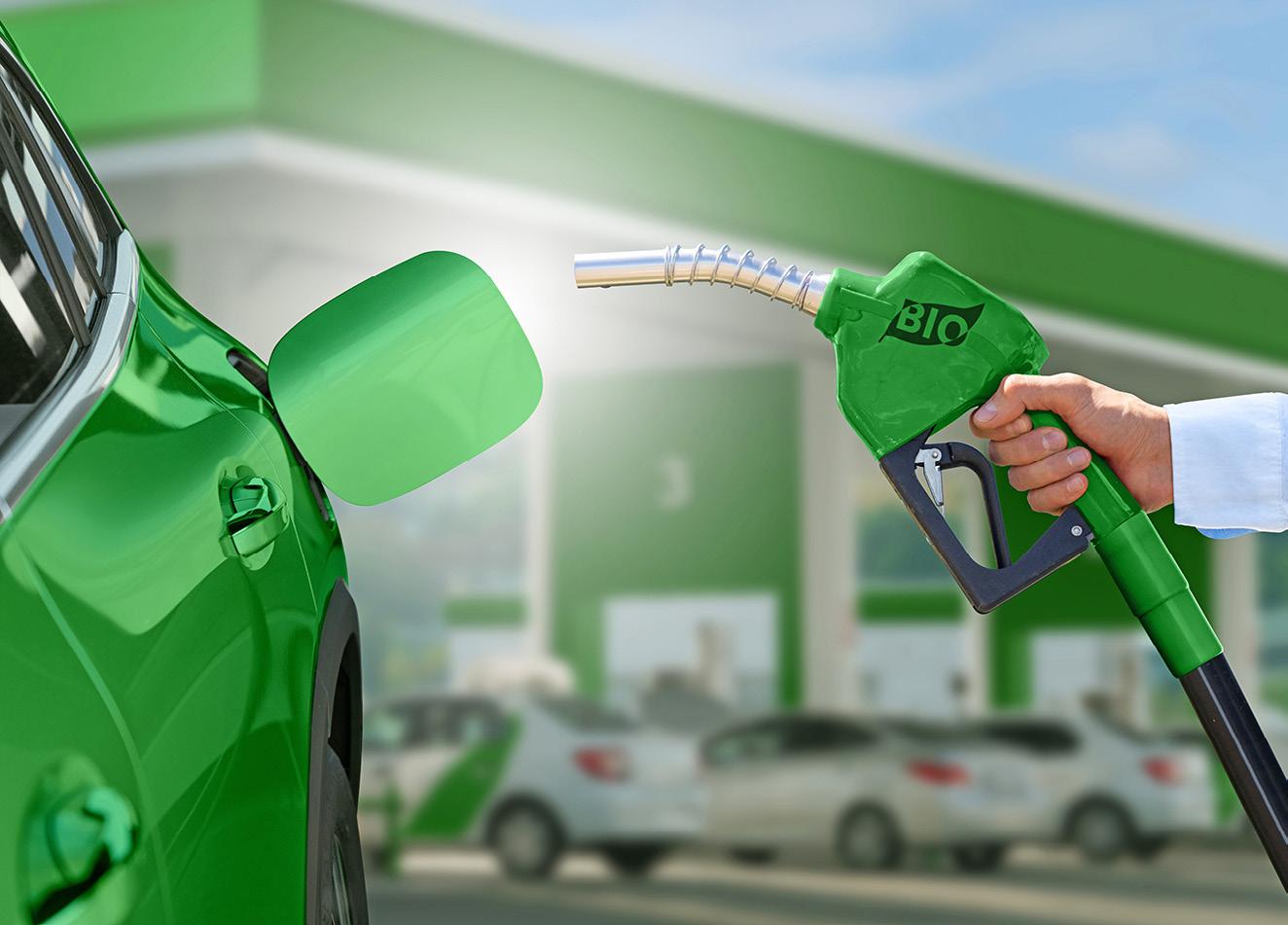
Reversing the current emission trends requires a significant increase in the share of public transport and a replacement of conventional vehicles in public fleets with zero-carbon alternatives such as electric and hydrogen-powered vehicles.
By Claudia Patricolo
Virág Mészáros, former CEO of the Hungarian Mobility Development Agency (Humda), said that one of the key priorities is to increase the proportion of journeys made by public transport, thus shaping public attitudes and making sustainable mobility alternatives more attractive.
“Reversing the current emission trends requires a significant increase in the share of public transport and a replacement of conventional vehicles in public fleets with zero-carbon alternatives such as electric and hydrogen-powered vehicles,” Mészáros explained.
She recalled the Green Bus Program (GBP) launched in 2020, which marked a milestone in supporting and promoting the decarbonization of urban public transport in Hungary.
“Thanks to GBP coordinated by Humda, numerous electric buses have appeared on the roads of Hungarian cities, and a key result of the program is that the number of electric buses in public transport fleets has quadrupled by 2024
In an exclusive, wide-ranging interview with the Budapest Business Journal, Guntram Würzberg, CEO of E.ON Hungária, discusses the challenges of government interventions, including fixed prices and the Robin Hood tax, which, he argues, discourage innovation and investment. Other topics include the impact of Russian energy dependence, the need for grid flexibility, and the importance of predictable regulatory conditions for investment.
